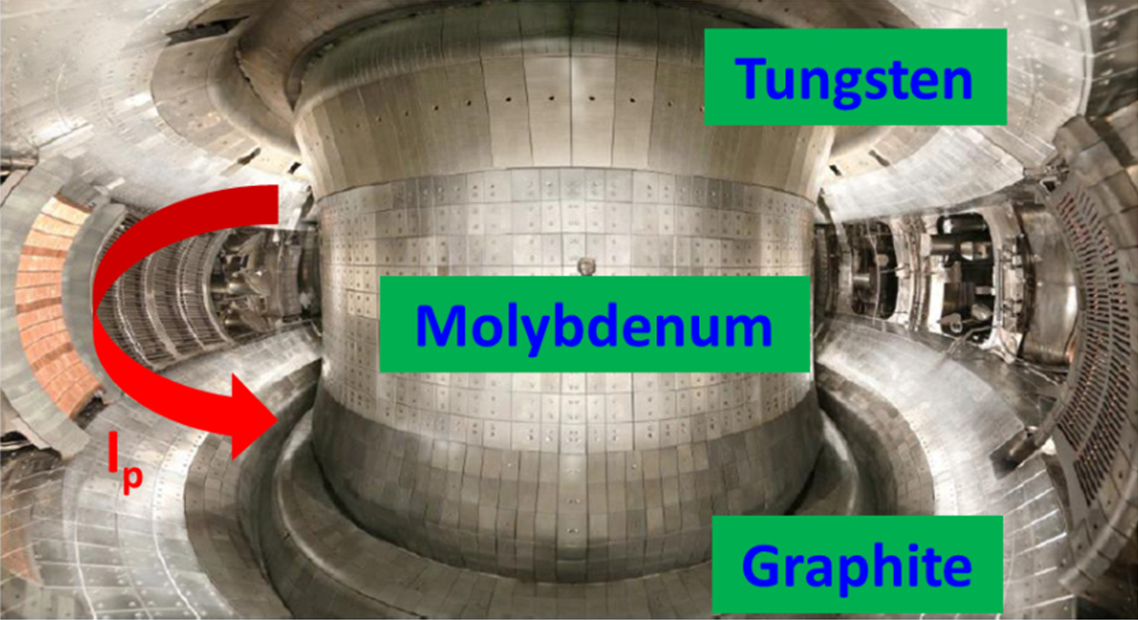EAST_Tokamak_vacuum_vessel_2015.jpg

The Chinese are pursuing a number of different alternative energy sources and nuclear power designs to permit the elimination of coal fired power plants which are causing terrible pollution in many cities in China. They have been very aggressive in planning and constructing nuclear fission reactors. They have also been making great progress in the development and production of solar power systems.
In addition to energy production systems that are refinements of existing systems, the Chinese are also working on the development of nuclear fusion for power generation. Nuclear fusion, if possible, could be much cheaper, safer and produce much less dangerous waste than nuclear fission reactors.
One of the main approached to nuclear fusion has been the tokamak design. A donut shaped chamber surrounded by powerful magnets is used to confine and heat a plasma of light elements such as hydrogen to pressures and temperatures found in the heart of the sun. Under the right conditions, it should be possible to fuse lighter elements into heavier elements with the release of substantial harvestable energy. Tokamak research has been going on since the first one was constructed in 1955. Today, there are tokamak research projects going on around the world including a huge international project in France referred to as ITER.
China has been operating their Experimental Advanced Superconducting Tokamak (EAST) reactor in Hefei since construction was completed in March of 2006 and it has been in operation ever since. It is referred to in China as HT-7U and is the first tokamak in the world to employ toroidal and poloidal magnets. It has been estimated that it was built at a cost about five percent of what the cost of construction would have been in another technologically advanced country.
The HT-7U passed an important plasma containment milestone last November. It is hoped that reaching this milestone will allow the speedy completion of an even more advanced tokamak called the HL-2M which Chinese scientists hope could even be built this year.
China has been able to use the HT-7U reactor to create temperatures of over one hundred million degrees on the Celsius scale. This temperature is hotter than the interior of the sun. Chinese scientists were able to maintain this temperature in the HT-7U reactor for sixty seconds but they need to able to sustain it for a thousand seconds or longer. If the researchers are able to sustain this high temperature in the HT-7U reactor for a sufficient period of time, they believe that they will be able to finalize the design of the HL-2M Tokamak and proceed with its construction.
Duan Xuru is an official at the China National Nuclear Corporation. He believes that it will be possible to build the HL-2M this year. He told the Chinese People’s Political Consultative Conference that “The artificial sun’s plasma is mainly composed of electrons and ions and the country’s existing Tokamak devices have achieved an electron temperature of over 100 million degrees C in its core plasma, and an ion temperature of 50 million C, and it is the ion that generates energy in the device.”